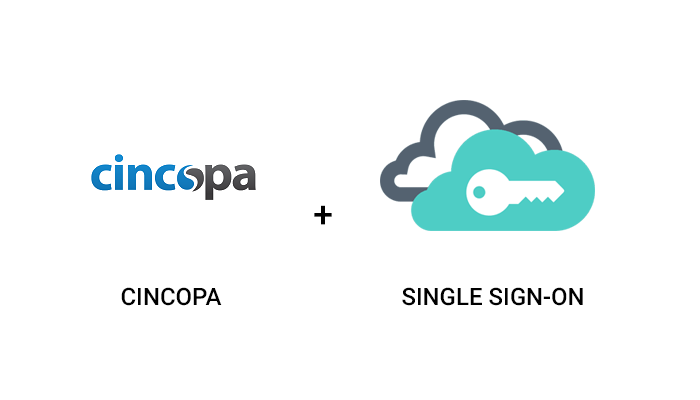Single Sign-On (SSO) is an authentication process widely used in organizations to simplify access to multiple cloud-based applications. It allows users to use a single set of login credentials, reducing the need to remember and update multiple usernames and passwords.
SSO enhances both convenience and security by enabling IT departments to enforce access controls and protect against unauthorized access to business applications. It also facilitates efficient administration and allocation of company tools and user roles.
Cincopa’s SSO feature, based on the SAML 2.0 protocol, enables you to manage user creation and the sign-in process using your existing Identity Provider (IdP) tool. Supported IdPs include Azure AD, ADFS, Okta, Jumpcloud, Salesforce SSO, OneLogin, and other IdP supporting SAML 2.0.
Benefits of SSO
SSO stands for Single Sign-On, which means a user can just log in to one platform and using that platform the user will be able to login to multiple applications without having to log in to each application individually.
This means users do not have to remember the login credentials for all the application which instead will be managed by the SSO Provider/Identity Provider.
The SSO Provider/Identity Provider authenticates the user for all the applications the user has been given permission rights to and eliminates the need for future password prompts for individual applications during the same session.
Let’s look into some of the key benefits of using SSO for your organization:
Ease of Access:
It allows the end-users to remember and manage fewer passwords and usernames for each application.
Time Management:
Saves time, as the end-user does not have to find and re-enter passwords for each individual application.
Phishing:
Reduces the chance of phishing attacks by hackers around the world.
Productivity:
IT Helpdesk receives fewer tickets on password issues, thus, improving productivity.
User Access Reports:
As the users access all the applications through one platform, it becomes easier to generate detailed user access reporting.
What is SAML
Cincopa implements Single Sign-On (SSO) using SAML (Security Assertion Markup Language).
SAML is an XML-based protocol that facilitates the exchange of user security information between a SAML identity provider and a SAML identity provider and a SAML service provider.
SAML 2.0 is a set of open standards specifically designed for SSO. It enables the exchange of authentication and authorization data between an identity provider and a service provider.
In the SAML framework, it is assumed that the end-user has registered with at least one identity provider, which provides local authentication services.
SAML has become a widely adopted standard for identity management and is supported by major players in the computer industry.
Identity Provider:
An Identity Provider is a platform that stores user identity information. An identity provider performs the authentication that the end-user is who they say they are and sends that data to the service provider along with the user’s access rights for the service.
So the user will log in to the Identity Providers Platform and then the Identity Provider will give the user access to use the Service Providers without having to log in again.
Service Provider:
A Service Provider is an application that is tied up with the Identity Provider to authenticate the end-user to their platform.
A service provider needs authentication from the identity provider to grant authorization to the user.
Popular SSO Solution Vendors
Cincopa as a service provider allows its users to login using the best SSO solutions in the industry. Cincopa uses Okta, Jumpcloud, and AuthO as their trusted SSO solutions.
You can read about our integrations with them here:
To learn about our integration with Okta
To learn about our integration with JumpCloud








